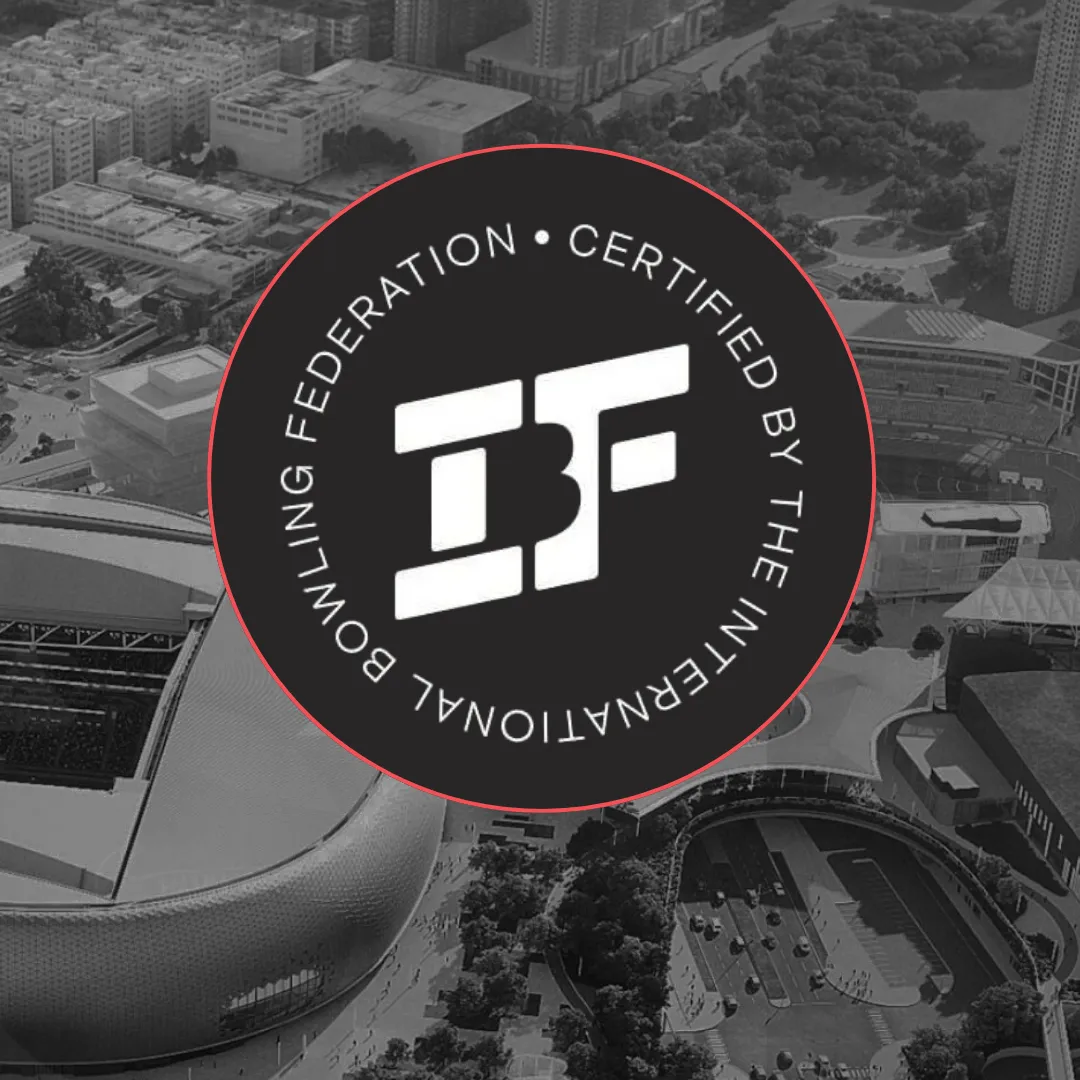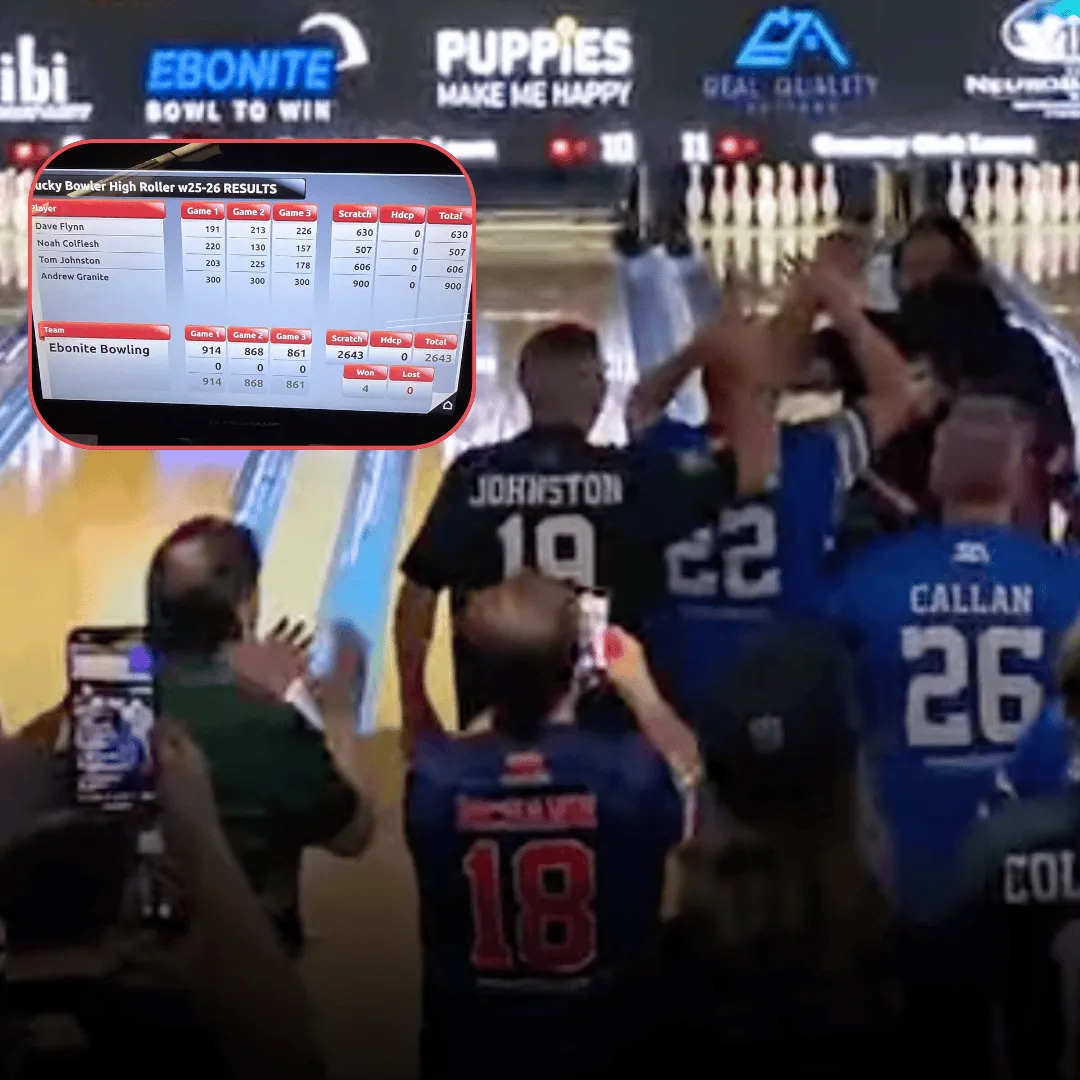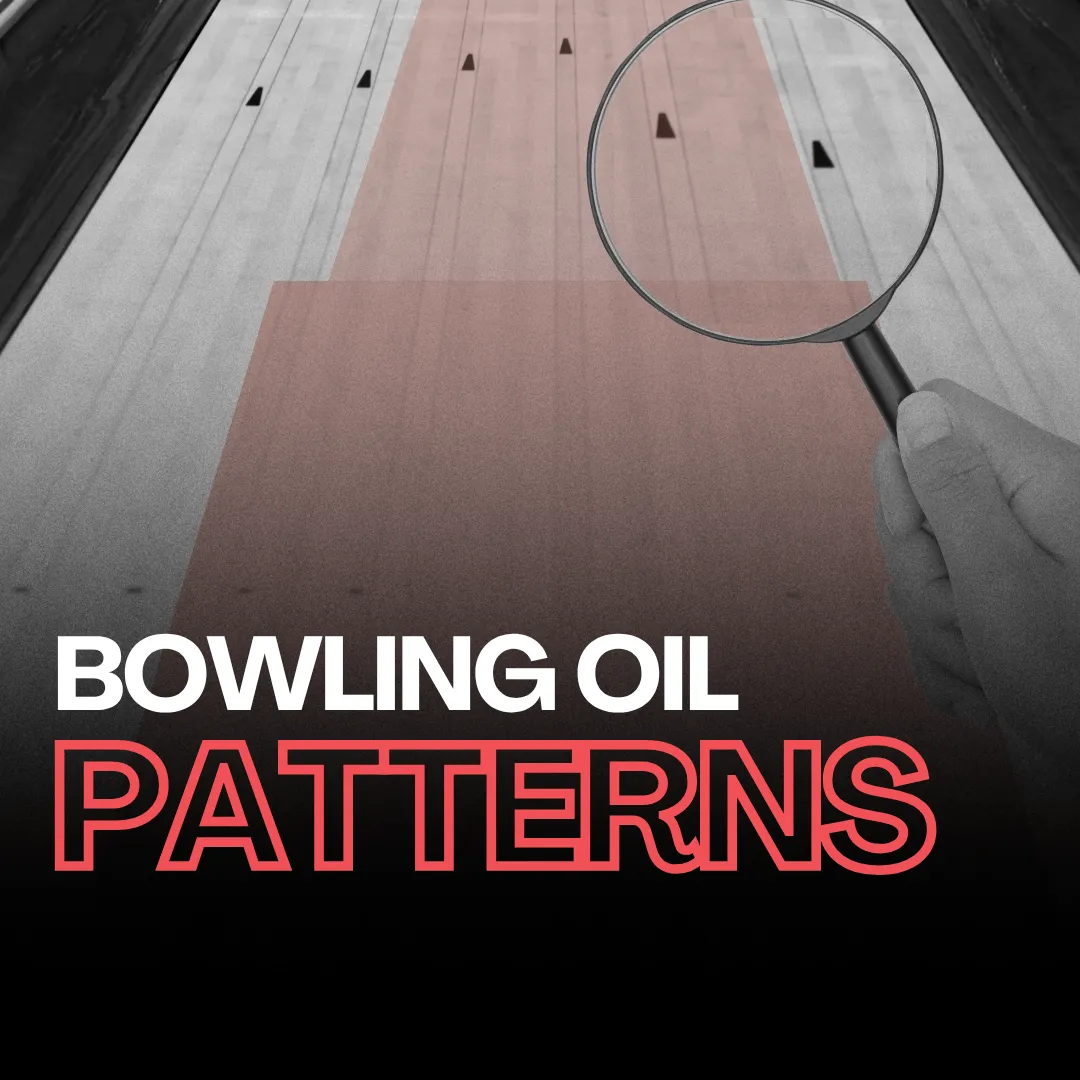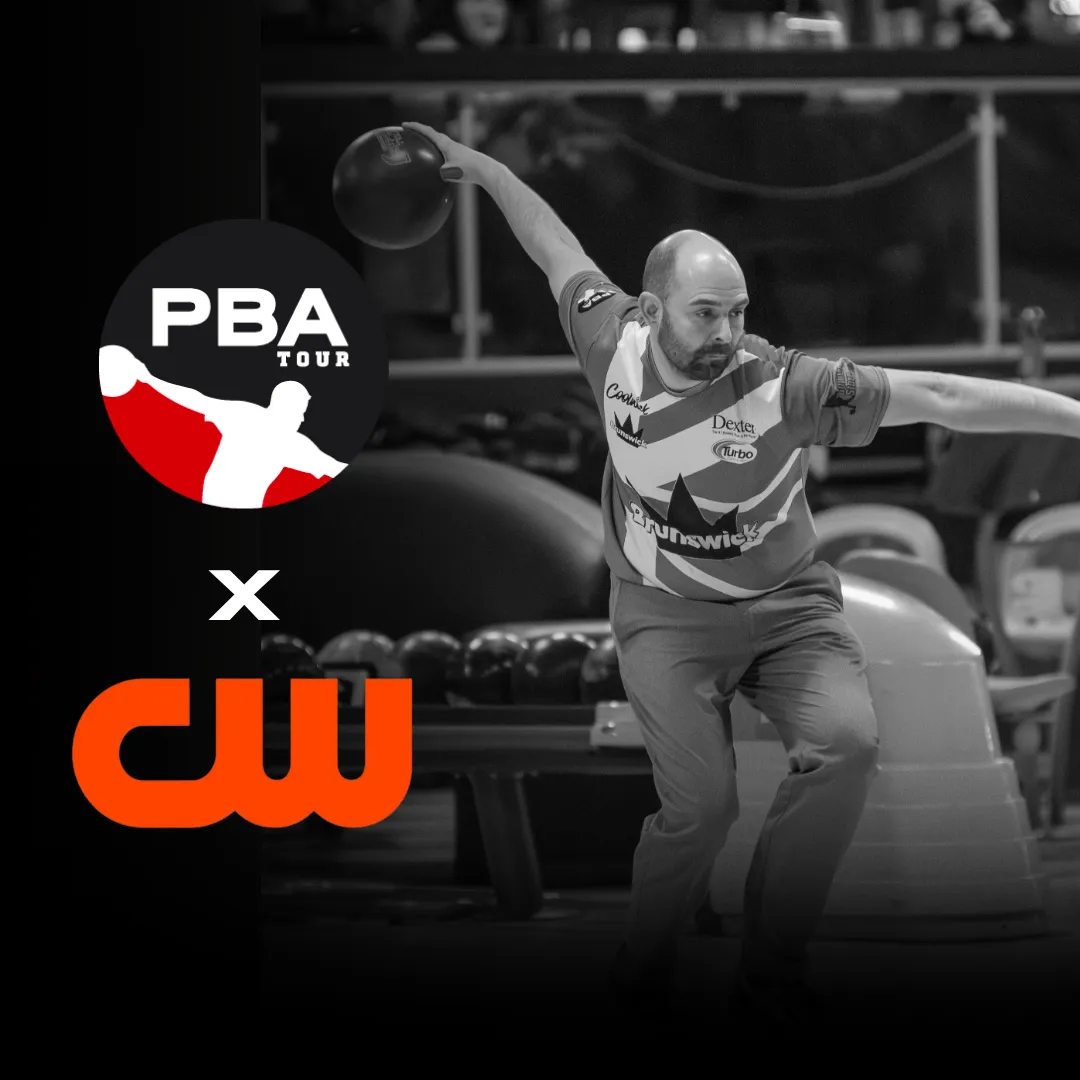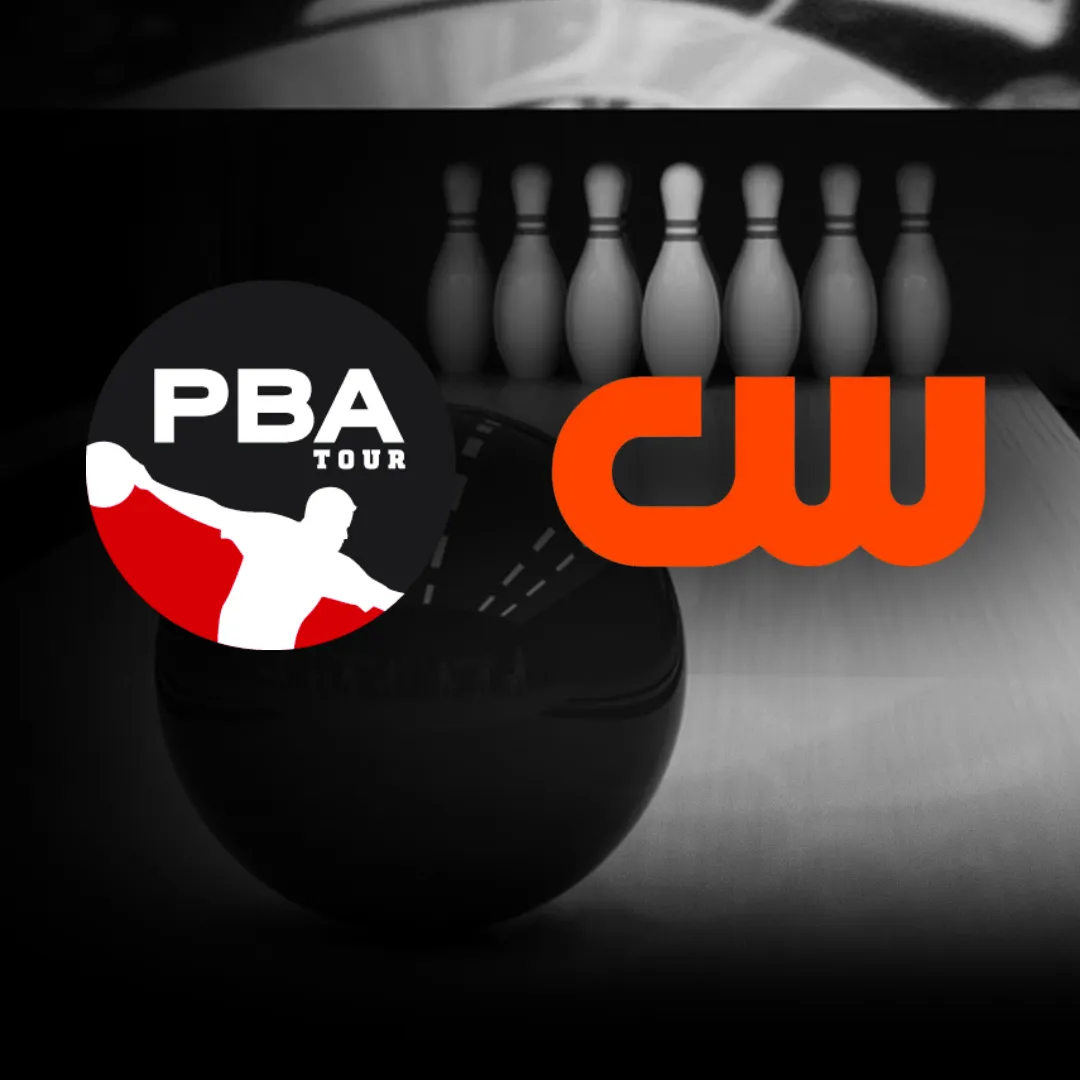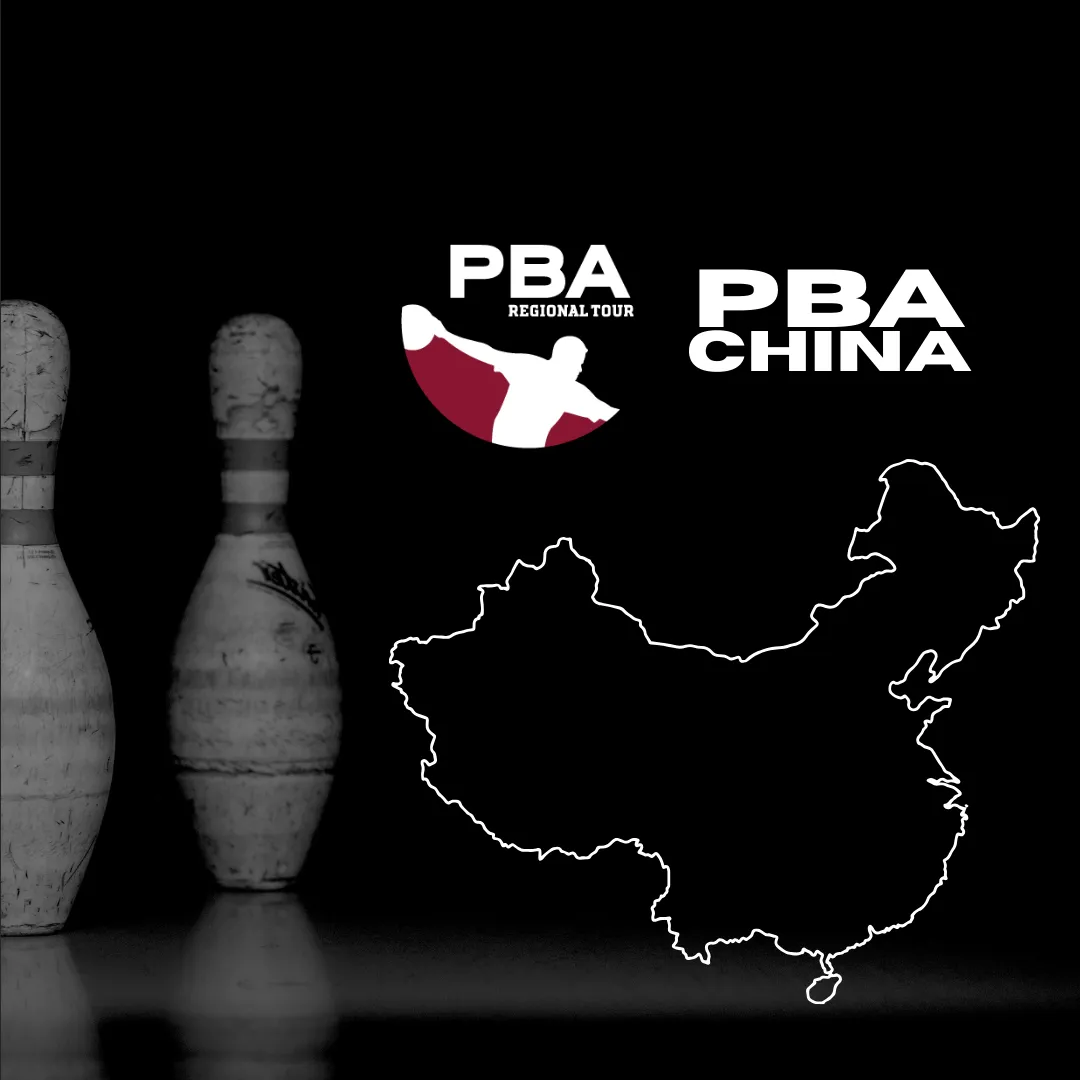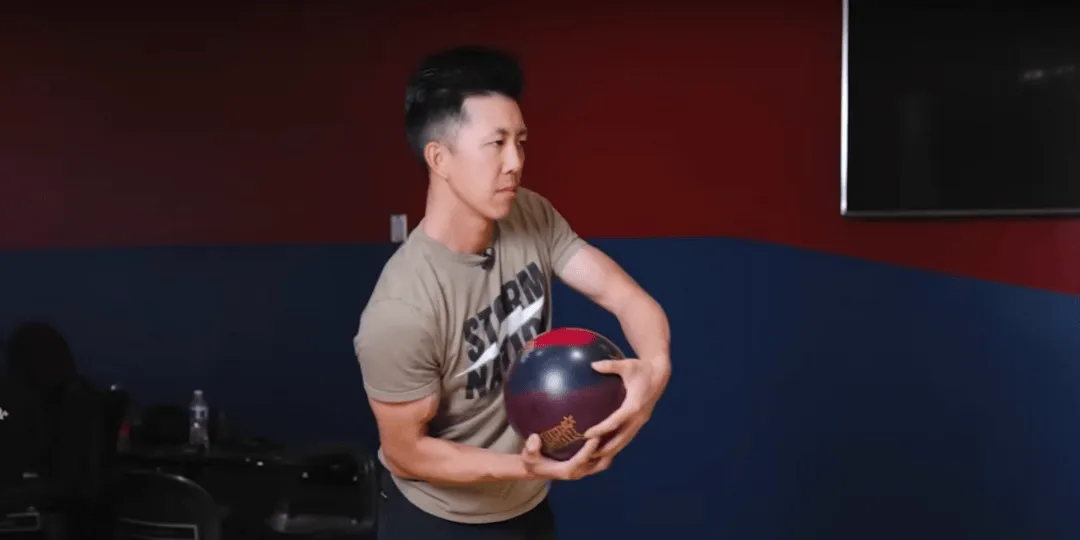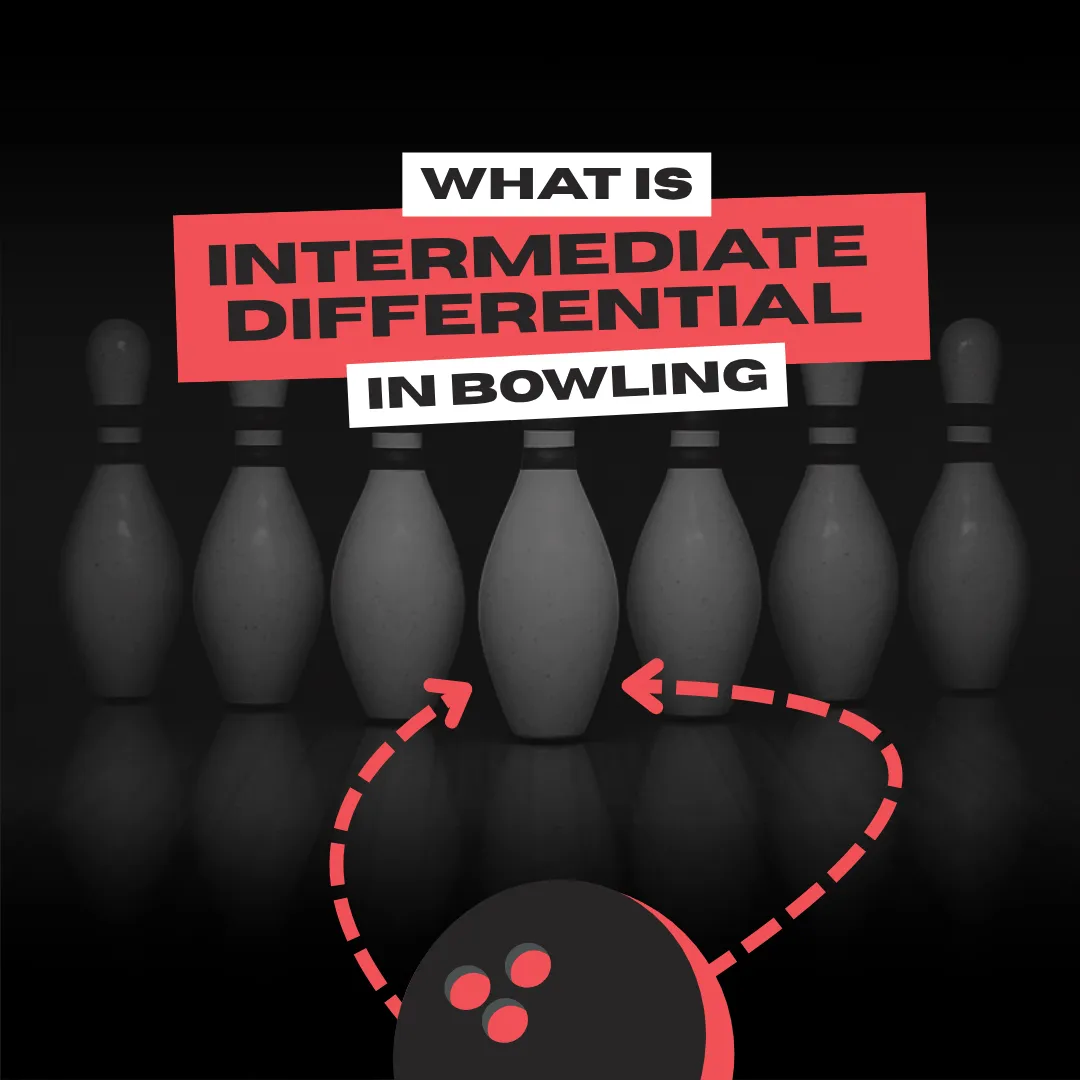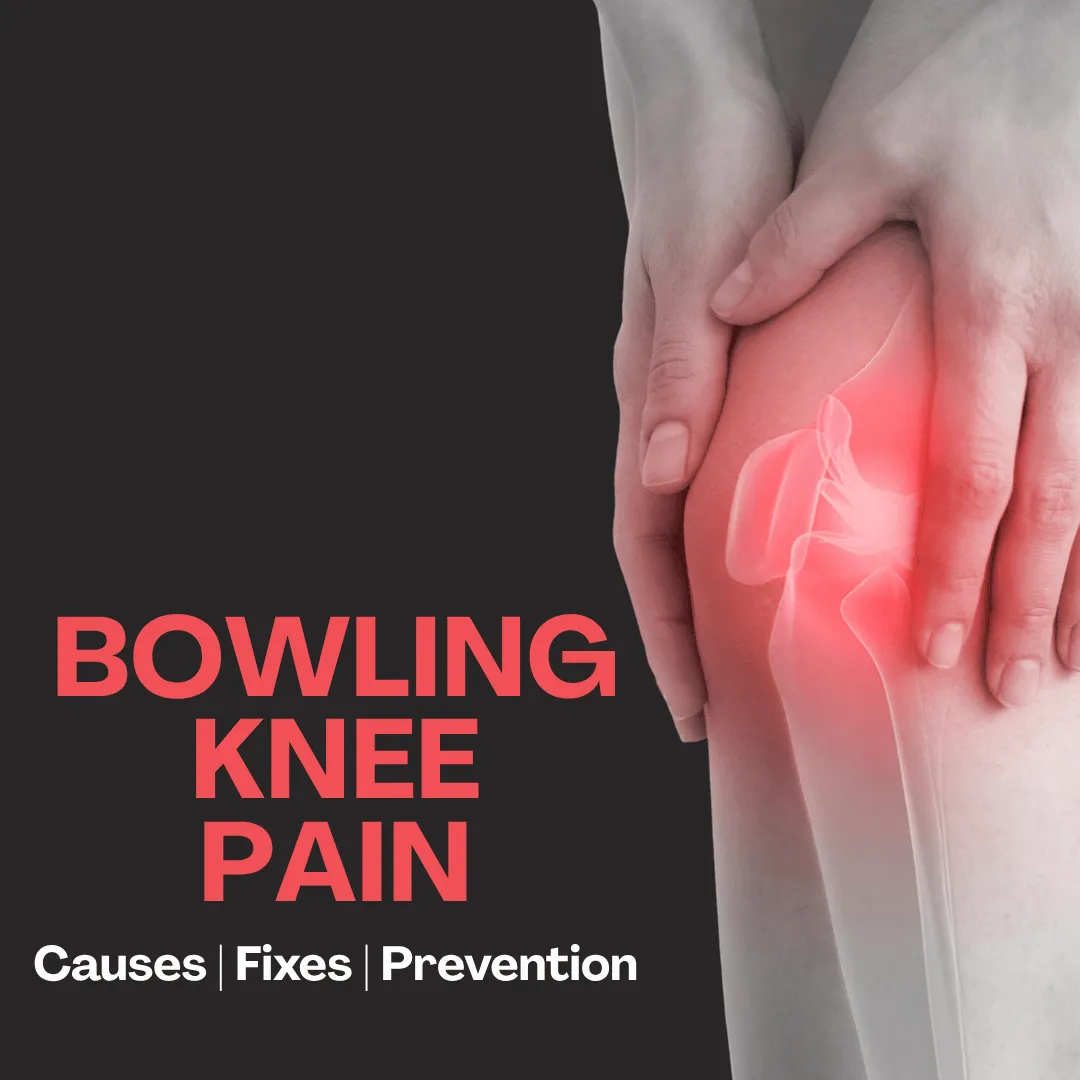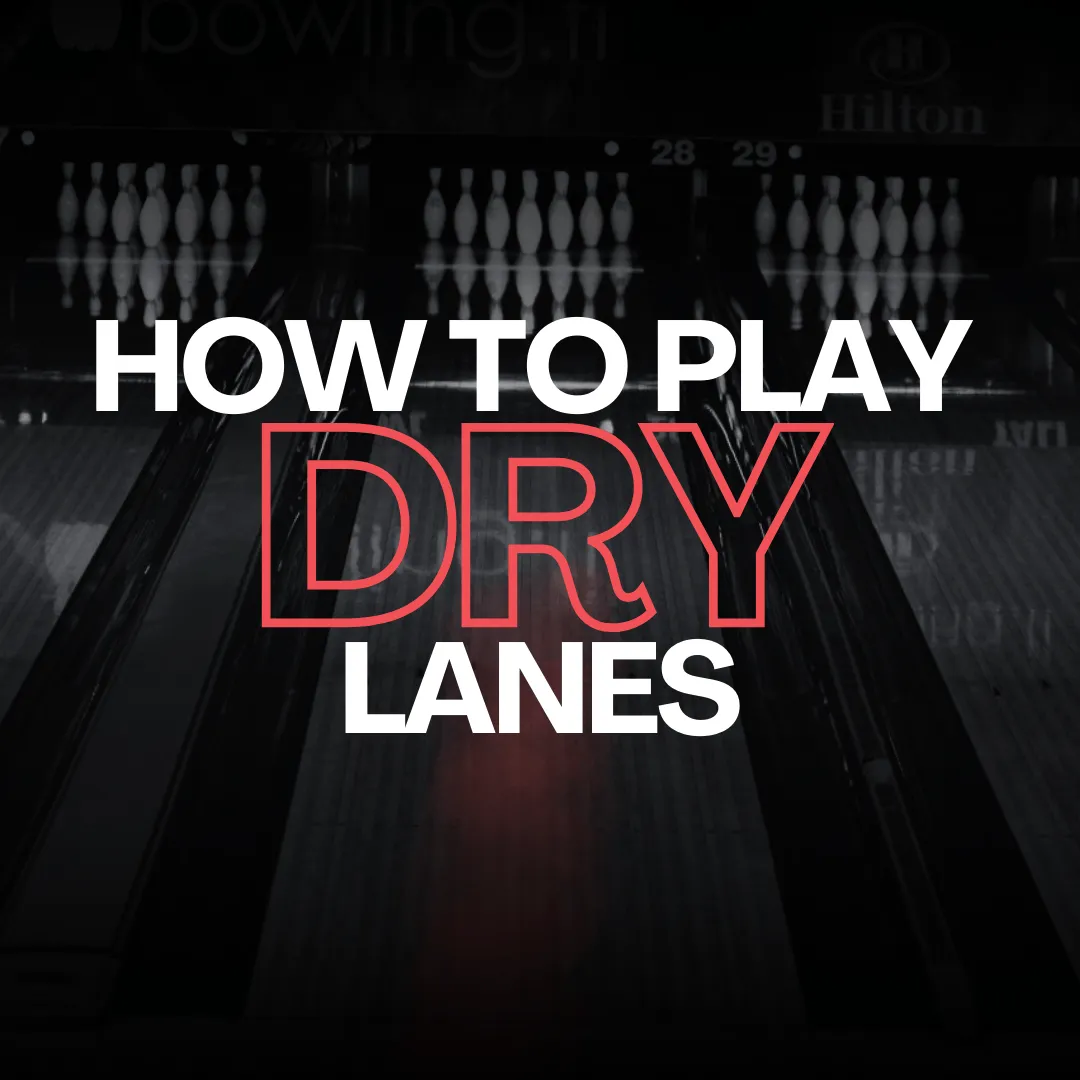Bowling Oil Patterns: Read the Lanes Like a Pro
Ever wonder why your ball comes back slick and greasy? That’s lane oil - andit changes everything.
Bowling lanes use synthetic oil to create differentconditions.
These are called bowling oil patterns, and they impactbowling ballmotion.
Whether your ball skids too far or hooks too early often depends onthe pattern used that day.
In this guide, you’ll learn how oilpatterns work, how to read them, and how they affect your shot.
We’ll alsoexplain the difference between house and sport patterns, and how to adjustyour game accordingly.
bowling ball What Are Bowling Oil Patterns? Bowling oil patterns show how lane technicians apply oil to the surface.
Eachpattern creates a different lane condition.The oil is never spreadevenly.
Most patterns use more oil in the middle and less on the outsideboards.
This design helps guide your ball toward the pocket - but only if youplay the lane correctly.
A standard lane is 60 feet long.
However, the oil does not cover the entirelength of the lane.
The last portion of the lane is always dry.
This dry areahelps the ball grip and hook toward the pins.
Lane technitial can use different patterns on each lane.
That’s why yousometimes see your ball reacting differently.
These differences make lanereading an essential skill - even for casual bowlers.
How Do Technicians Apply Oil to a Bowling Lane? In the past, staff used sprays and brooms to apply bowling oil patterns.
Ittook time and serious skill.
Today, bowling centers use lanemachines that clean and oil the lanes with precision and speed.
These machinescreate bowling oil patterns by controlling where and how much oil goes on thelane.
Bowling oil protects the surface and creates different lane conditions.
Bothare essential for fair and long-lasting play.
Bowling Oil Machines Today, every bowling alley uses a bowling oil machine, also called a lanemachine.
It cleans the lane and then applies oil to create bowling oilpatterns.First, cleaner heads spray the lane surface.
A mixture ofstripper chemical and water breaks down old oil and dirt.
At the same time, acloth roll collects larger debris.
A vacuum then removes the fluidand waste.
During this process, the lane machine travels the full 60 feet ofthe lane.
After cleaning, it applies fresh oil in the programmed pattern.Techniciansno longer need sprays or brooms.
Everything happens with the push of a button.The lane staff program the machine to set how much oil goes where for thechosen bowling oil patterns.
What Oil Do Bowling Alleys Use on Lanes? Manufacturers create bowling lane conditioners specifically for the sport ofbowling.
These conditioners combine high-quality oils with additives forconsistent lane performance.
They come in different viscositiesand surface densities to create varied lane conditions depending on eachalley’s needs.Lane conditioners must hold their structure whenapplied and also protect the lane, pins, and bowling balls.
They are alsonon-toxic and safe for human health, so bowlers can enjoy their pizza withoutworry.
Bowling Oil Pattern Types Bowling oil patterns can be classified in several ways.
The most common methodis by their length.
Bowlers usually group patterns asshort (35 feet or less), medium (between 36-42 feet), orlong (43 feet or more).
The oil pattern’s length affects when the ball hooks.
Shorterpatterns make the ball hook earlier.
short (35 feet or less) medium (between 36-42 feet) long (43 feet or more) House Bowling Oil Patterns Most bowling alleys use special lane patterns called house bowling oilpatterns.
These patterns make scoring easier for casual bowlers.Ahouse pattern helps the ball hit the pocket by using more oil in the centerand less outside. Rolling the ball in the middle keeps it straighter forlonger.
Rolling it toward the outside allows it to curve back to themiddle.In short, house bowling oil patterns give bowlers moremargin for error and help them hit the pocket more often.
Professional Bowling Oil patterns Organizers design professional bowling oil patterns to be more challengingthan house patterns.
They make hitting the pocket consistently much harder.Onsport patterns, technicians spread the oil more evenly across the lane.
Unlikehouse bowling oil patterns, there is no built-in guide to help your ball.
Ifyou miss your target, the ball can easily hook into the gutter.
How To Read Bowling Oil Patterns? Knowing how to read bowling oil patterns is crucial for success.
It helps youunderstand how to play each lane.There are thousands of differentbowling oil patterns.
The Kegel library alone lists over 1,000 options.Mastering them all is impossible, but building a solid foundation is essentialfor effective gameplay.
Understanding Bowling Oil Sheet Lane pattern sheets display bowling oil patterns.
At first glance, they maylook complex and highly technical.For beginner and intermediatebowlers, two main components matter most.
Look at “Oil Pattern Distance” and“Volume Oil Total” listed at the top.
These numbers help you choose the rightbowling ball and predict where it will hook at the breakpoint.
breakpoint Breakpoint and Exit Point Every bowling oil pattern includes a breakpoint.
The breakpoint is where theball moves farthest from the pocket before turning back toward the pins.Thebreakpoint usually appears a few feet past the exit point.
The exit point iswhere the oil pattern distance ends on the lane.
The Rule of 31 The rule of 31 is nothing new in bowling sport. Many professionals apply it at the highest levels.How doesit work? Standing in the same spot will not work on every oil pattern length.Instead, you must know which board your exit point should be on.
That givesyou the best breakpoint for hitting the pocket.To use the Rule of31, subtract 31 from the oil pattern distance on the lane sheet.
The resultshows the board where your ball should exit the oil.For example,if the pattern measures 42 feet, subtracting 31 gives 11.
Your ball shouldexit at the 11th board.
While this rule works best for medium bowling oilpatterns, it also applies to short and long ones.
The rule of 31 is nothing new in bowling sport.
How to Read Bowling Lane Condition Changes? As bowling oil patterns transition, bowlers must adjust to stay in the pocketand keep scoring.
Adjustments may include changing stance, target, ballchoice, speed, or loft.
Starting with a stronger ball on a fresh oil pattern creates a smoother hook spot.
This gives valuable insight for lateradjustments in ball selection, release, or speed.
Always monitor how your ballreacts at the breakpoint and adjust when needed.As lanes breakdown, switch to a weaker ball with less surface or a polished finish.
Thisprevents early hook and helps the ball skid farther down the lane.
Starting with a stronger ball on a fresh oil pattern Final Thoughts on Bowling Oil Patterns Understanding bowling oil patterns is crucial for improving your game.
Readingthe lanes and knowing how oil patterns work leads to more success.Whetheryou are a seasoned pro or a beginner, these insights help you adjust todifferent lane conditions.
Use what you learn about bowling oil patterns tobuild confidence, make smart choices, and knock down more pins.
FAQ What Is the Purpose of Applying Oil to a Bowling Lane? Oil on the lane has two jobs.
It changes lane conditions and protects the lanefrom wear.
How Are Bowling Oil Patterns On Bowling Lanes Created In Modern Times? Bowling alleys use bowling oil machines, also called lane machines, are usedin modern bowling alleys.
These machines clean the lane with a set cleaner,then add oil based on the programmed pattern.
What Kind of Oil Do Bowling Lanes Use, and Why Is It Important? Manufacturers craft bowling lane conditioners for the sport, combininghigh-quality oils with additives.
These conditioners maintain structure,protect the lane, pins, andbowling balls, and remain non-toxic and safe for bowlers.
bowling balls How Can Bowlers Read and Interpret Bowling Oil Patterns? Bowlers read pattern sheets that show key parts like oil pattern length andtotal oil volume.
Bowlers must recognize the breakpoint and exit point toplace shots strategically.
What Is the Significance of the "Rule of 31" In Bowling? Bowlers use the "Rule of 31" to determine the exit point based on oil pattern distance.
Subtract 31 fromthe pattern length to find the board where your ball should leave the oil.
Rule of 31.

